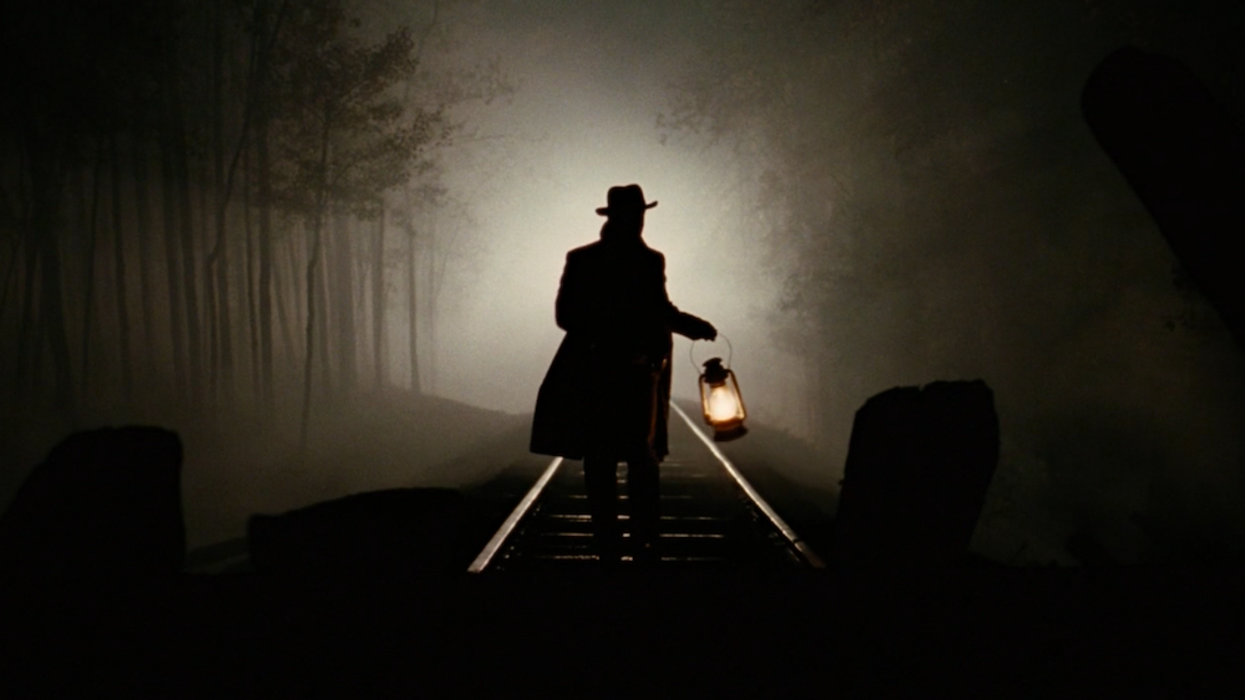Shedding Light on Continuity Lighting Tips
Here's how to effectively light a scene with continuity in mind.

We've all seen continuity errors in our favorite films and TV shows that don't always end up on the cutting room floor. The car in the Lord of the Rings. The gas-powered chariot in Gladiator. Dorthy's changing hair length in The Wizard of Oz. Some are out of the editor's control, but that doesn't mean one shouldn't know the basics of editing for continuity.
But what about lighting for continuity? What does it mean to light scenes for continuity, and what can and can't you get away with that won't distract the audience?
Let's start answering those questions with the video from Aputure below.
What is lighting continuity?
First off, lighting continuity is a creative choice. You can choose to maintain or to not maintain the consistency of the lighting for a scene.
While it's generally good to do so, it's not dogma. Cinematographers can simply ignore continuity, and instead, light a shot based on what they see fit.
Cinematographer David Mullen of The Marvelous Mrs. Maiselsuggests that "movies are all about illusion, even the illusion of realism" and that "Lawrence Olivier said about acting that the most important element was sincerity—if you can fake that, you can fake anything. Same goes for lighting. Realism is just another form of artifice that may or may not be appropriate for the film. The truth is that light changes all the time and that people are not always standing in good light. Sometimes the real lighting on a location is worse than the worst bad student lighting—overlit, multiple shadows, etc."
When you're lighting a scene, consider mood. What is the emotional subtext of the scene?
If you have talent in silhouette, you're presenting a certain mood to the viewer. One that's mysterious. When moving in for a close up, you're most likely not going to key the actor with a bright light unless they stepped into some practical lighting. If it you did, it would not only be inconsistent lighting, but it probably wouldn't make sense to the viewer.
Similar to motivated camera movements, lighting can be motivated too.
What are the rules for continuity lighting?
There are no steadfast rules, but it's important to make sure the direction, color, and the quality of the light is consistent from shot to shot. If it's not, it can distract the audience from the story. Say you have an exterior wide shot that leans towards blue. If you jump to a close-up that's a lot warmer, it won't make sense unless there's motivated light, like a campfire or candle.
In practice, you'll want to start by lighting your wide shot, or master shot, first. Then as you move to closer, adjust the lighting to match the mood and quality of light of the master, but it's okay to add additional lights to the scene for texture and nuance.
It also helps if you know what shots you'll be shooting beforehand. Many of us may not have the allotted time to find shots organically like on bigger-budget films, so having a shot list prepared, it will will key you in on what lights need to be moved or added for camera changes during production.
Have you ever noticed lighting continuity errors in film or TV? Tell us about them in the comments.
Source: Aputure











